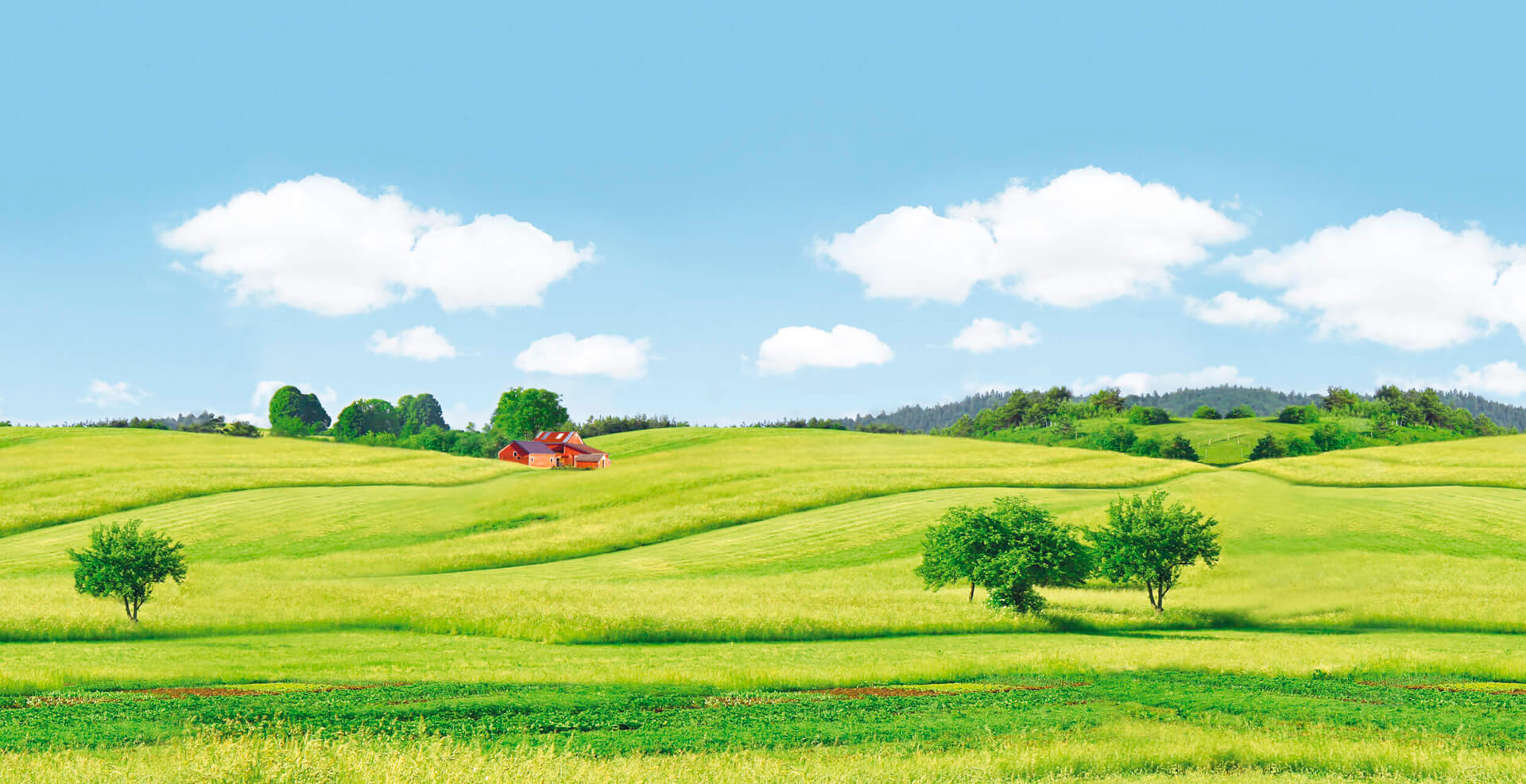

As our faithful four-legged friends age, not only do their behavior and activities change, but so do their nutritional needs. Older dogs require a special diet that meets their changed physiology. Below, we explain when a dog is considered old, what physical changes can be observed in older dogs, and what to consider in their diet.
The age at which a dog is considered old is not uniformly defined and depends on various factors, including breed, body weight, and overall health condition.
Large and giant dog breeds age faster than smaller breeds. In general, small dogs can reach an age of about 10 - 15 years, while larger dogs tend to have a life expectancy of around 8 to 12 years. According to this rule of thumb, larger dogs are considered older from about the sixth year of life, while smaller dogs from about the age of eight to nine years.
Whether a dog is already considered a senior cannot be determined solely by age. Fitness level, activity, body weight, and other individual health factors also play a significant role. Some dogs are still exceptionally agile and lively at 10 years old, while others may show signs of aging at 6 years old. Aging is a natural process, but with the right support, you can help your dog stay fit and healthy for as long as possible.
Both in humans and dogs, aging leaves clear marks.
Slowing of Metabolism: In old age, dogs' metabolism slows down, leading to a lower energy requirement. Continuing to feed them as before can quickly lead to obesity.
Increase in Body Fat and Muscle Loss: With advancing age, the proportion of body fat increases while muscle mass is lost. Therefore, sufficient exercise adapted to the age is essential.
Changes in Fur and Skin: In old age, the connective tissue loses elasticity, the skin becomes drier, which can lead to brittle claws and pads. Some older dogs may experience a thickening of the epidermis, resulting in hair loss. Additionally, the fur, especially in the facial area, can turn gray, which is due to the decline in pigment cells.
Joint Problems: Arthritis and other joint complaints become more common in old age, some dogs also suffer from osteoporosis due to reduced calcium absorption in the intestine.
Decline in Sensory Performance: Sensory abilities can decline in old age, leading to reduced vision and hearing. The sense of taste often changes as well, leading to loss of appetite. Some older dogs show an increased appetite, thus becoming more prone to obesity.
Increased Need for Rest: Older dogs need more rest and sleep, yet daily, age-appropriate exercise remains important.
Dental Problems: Tartar, tooth loss, or gum inflammation are not uncommon in older dogs. Problems with breaking down food can impair digestion and nutrient absorption.
Adjustments in Digestion: The movement of the gastrointestinal tract slows down, which can lead to more frequent bloating or constipation. Healthy wet food and sufficient fluid intake can provide relief from constipation.
Increased Burden on Liver and Kidneys: The organs are more challenged in old age, as nutrient metabolism is more difficult, affecting the detoxification function of the liver and kidneys and leading to a stronger smell of urine.
Older dogs generally require a low-calorie diet to prevent obesity – a common problem in older dogs – and a diet richer in fiber to improve gastrointestinal health.
The energy requirement of dogs decreases in old age, but an adequate protein content remains essential. It is particularly important that the food contains high-quality proteins. In older dogs, the efficiency of protein digestion can decrease, making proteins of high value and quality all the more important.
Fats are also important, but should be present in moderate amounts to prevent obesity.
In Bellfor's range, you will find innovative products with insect protein that meet the nutritional needs of an older dog. We use larvae of the black soldier fly as a high-quality protein source.
Here are the benefits of Bellfor Dog Food with Insect Protein at a glance:
It is advisable to divide the daily food ration into 3 to 4 small meals. The digestive process slows down with increasing age, therefore feeding only one meal a day is not recommended. At least two meals are preferable to support the digestive system, ideally 3 to 4 meals.
Regular exercise remains important in advanced age. Although older dogs may need more rest periods, it is essential to maintain daily walks. The saying "Use it or lose it" also applies to dogs. The walking paths and pace should be adapted to the needs of the older dog to prevent obesity and promote fitness.
When choosing snacks, it is advisable to look for healthy alternatives without sugar, low in fat, and without artificial additives. It is advisable to subtract the calories of the snacks from the daily food ration, as older dogs may have a tendency to gain weight.
The transition to senior-suitable food should be gradual to avoid straining the dog's digestive tract. Start with a mix of current food and senior-suitable food, and slowly increase the proportion of senior-suitable food over a period of several weeks.
Vitalizer: Enhancing the vitality of older dogs.
Skin & Coat: Natural support for healthy skin and silky, shiny fur.
Joints Bones: Promoting the dog's joint metabolism naturally and supporting its musculoskeletal system into old age.
Dental Care: Supporting daily dental care, freeing the dog's teeth from tartar and preventing the formation of new plaque.
Vermal: Supporting a healthy intestinal activity, creating a worm- and giardia-unfriendly intestinal environment.
Kidney Power: Natural support of the dog's kidney function.
The right nutrition is key to supporting healthy aging in dogs. By choosing the right food for older dogs and paying attention to their special nutritional needs, you can help maintain your dog's well-being and improve their quality of life.
Information sources:
https://www.webmd.com/pets/dogs/features/senior-dog-food
